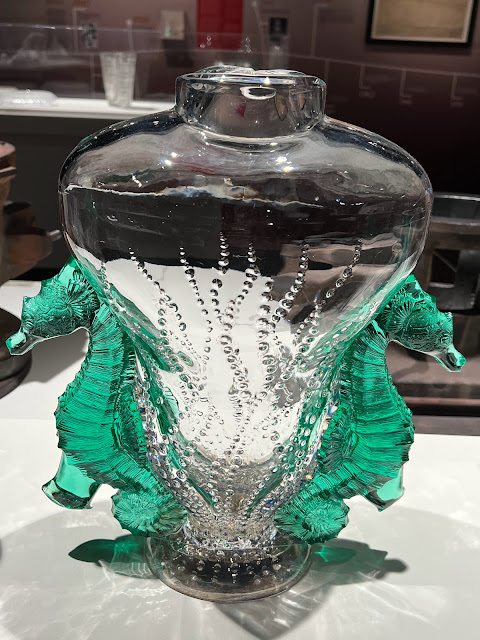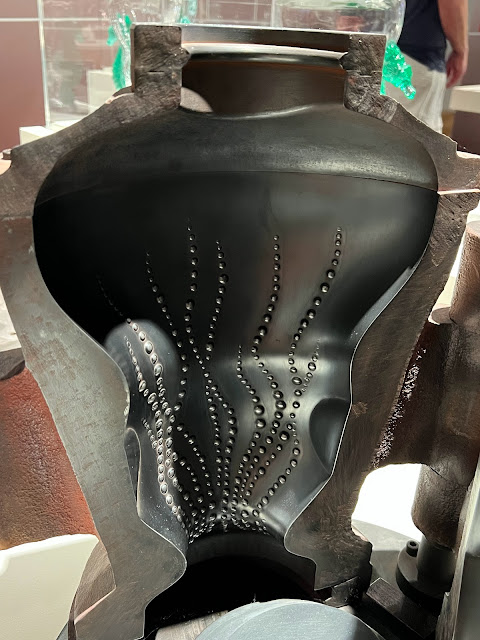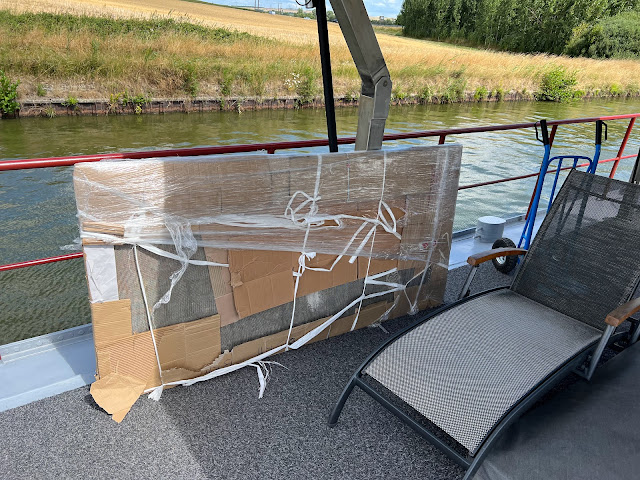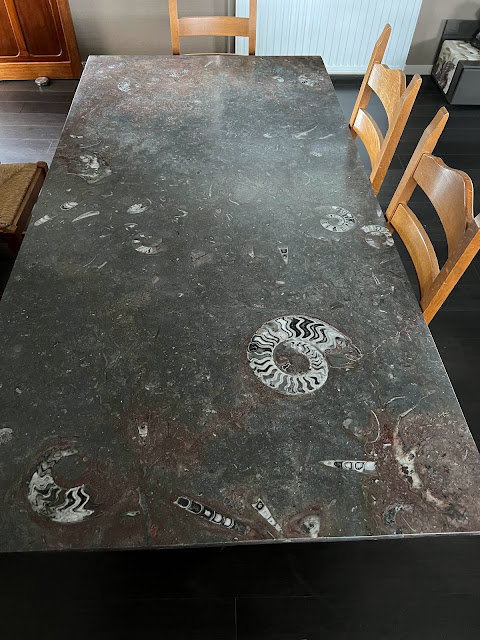 |
We found a forest that we could walk in. It was beautiful as well as providing some shade and relief from the heat. Of course the bugs also enjoyed the change of climate.
While in Wittring I sat outside with the local community and watched a delightful old fashioned silent black and white movie complete with three people providing all the sound effects. The story was about a man (seen on the screen) who finds a wine bottle floating in the canal with a note in it. As he searches for the person who wrote the note he has adventure after adventure meeting all types of people. It was entertaining, with perfect sound effects. It was in truth a modern day film done in an old style. It reminded me (a little bit) about our cruising through the South Pacific when we used to put notes in wine bottles and toss them into the ocean, hoping someone would find them.
The black and white movie with sound effects produced by three talented people. The man with the backpack was from the local newspaper. This was a big event for the village.
We drove through Bitche and stopped at the Crystal Museum. Saint-Louis Crystal was one of the originators of cut colored crystal with its signature vibrant ruby art glassware. Since 1829 the company has been focused on the production of crystal glass items. It was interesting and informative with a variety of different types and styles of crystal with 20 videos showing the techniques of four centuries.. While the end product was different from the Lalique Museum which was close by, it was a worthwhile visit. The emphasis was tableware, lighting, barware and decoration.
In the mid 19th century, Saint-Louis Crystal produced the first mass colored glass objects. They introduced the technique of the overlay of crystal, and cut to produce the imbedded color designs inventing malachite crystal effect and then perfecting the etching process.
The effects of layers and etching
Note the intricacies of the glass in the base of this vase
|

Decorative glass
Interesting technique for this vase with different colors and depth of the glass. Two to five layers of glass or different colored crystal were superimposed and successively corroded by acid until the desired effect was obtained. Sometimes the pieces were finished at the grinding wheel.
The same day in the same valley we visited the Lalique Museum in Wingen-sur-Moder, Alsace showcasing the amazing work of René Lalique. The jewelry he made was delicate and intricate. We saw his perfume bottles, drawings, and tableware items. He was known for his design of lamps, iconic car hood ornaments, and the glasswork which adorned ocean liners as well as the coaches of the Orient Express. It was a treat. The museum is where the Alsace Glassworks was originally built by Rene Lalique shortly after WWI. Today the factory has been enlarged and has around 250 people continuing the Lalique tradition.
 |
| Lalique perfume bottles |
Crystal detail
Lalique crystal piece with ocean theme
For me this necklace was one of the most magnificent pieces in the museum.
Vase with seahorses
Mold for the vase before the seahorses are added
It's hard to comprehend how the liquid glass is poured into these molds and incredible crystal pieces are produced.
The intricacy and delicacy of this piece barely demonstrates the genius of Rene Lalique
Walking along the canals is a continual feast for the senses. The peacefulness of the water, the trees and the very air we breath helps keep us feeling happy, relaxed and grounded.
Sticking up out of the water are pieces of what was once the canal supporting wall.
 |
| Many different shades of green reflected in the stillness of the canal |
 |
| Viewing the canal wall from across the water |
 |
| Reflections |
 |
| What is around the bend? |
 |
| More reflections |
















































































